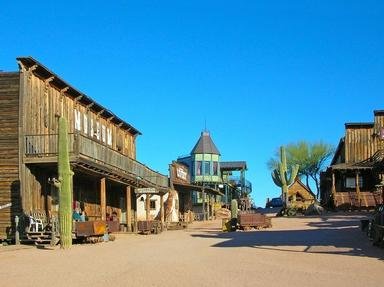Quiz Answer Key and Fun Facts
1. Prior to the Battle of the Little Big Horn in 1876, Custer was involved with another famous incident which occurred in 1874. What was it?
2. The Indian village on the banks of the Little Big Horn consisted mainly of which groups of Indian tribes?
3. Prior to the attack on the Indian village, Custer divided his command into four detachments. This group included the following officers:
4. Among this list of Indians, all but one fought against Custer at the Battle. Which one was a scout for the 7th Cavalry?
5. Which rifle was the standard issue for the 7th Cavalry:
6. Who led the initial attack on the southern edge of the Indian village and was promised by Custer that reinforcements would come soon?
7. At around 5:00 p.m. on June 25th, 1876, this captain commanding Company D moved out against orders to make contact with Custer and his men. They advanced about a mile before being halted by heavy Indian resistance:
8. Before the attack on the Indian village, Custer split his command. Which captain did he send to scout nearby valleys and attack any body of Indians he encountered?
9. June 25th, 1876, was a tragic day for the Custer family. There were three Custer brothers who perished in the Battle of the Little Big Horn - George, Thomas, and Boston. These brothers also had a nephew who was killed. What was his name?
10. Among these famous Indian warriors present on the banks of the Little Big Horn, who was most likely a non-combatant?
Source: Author
KingCanute
This quiz was reviewed by FunTrivia editor
bloomsby before going online.
Any errors found in FunTrivia content are routinely corrected through our feedback system.

